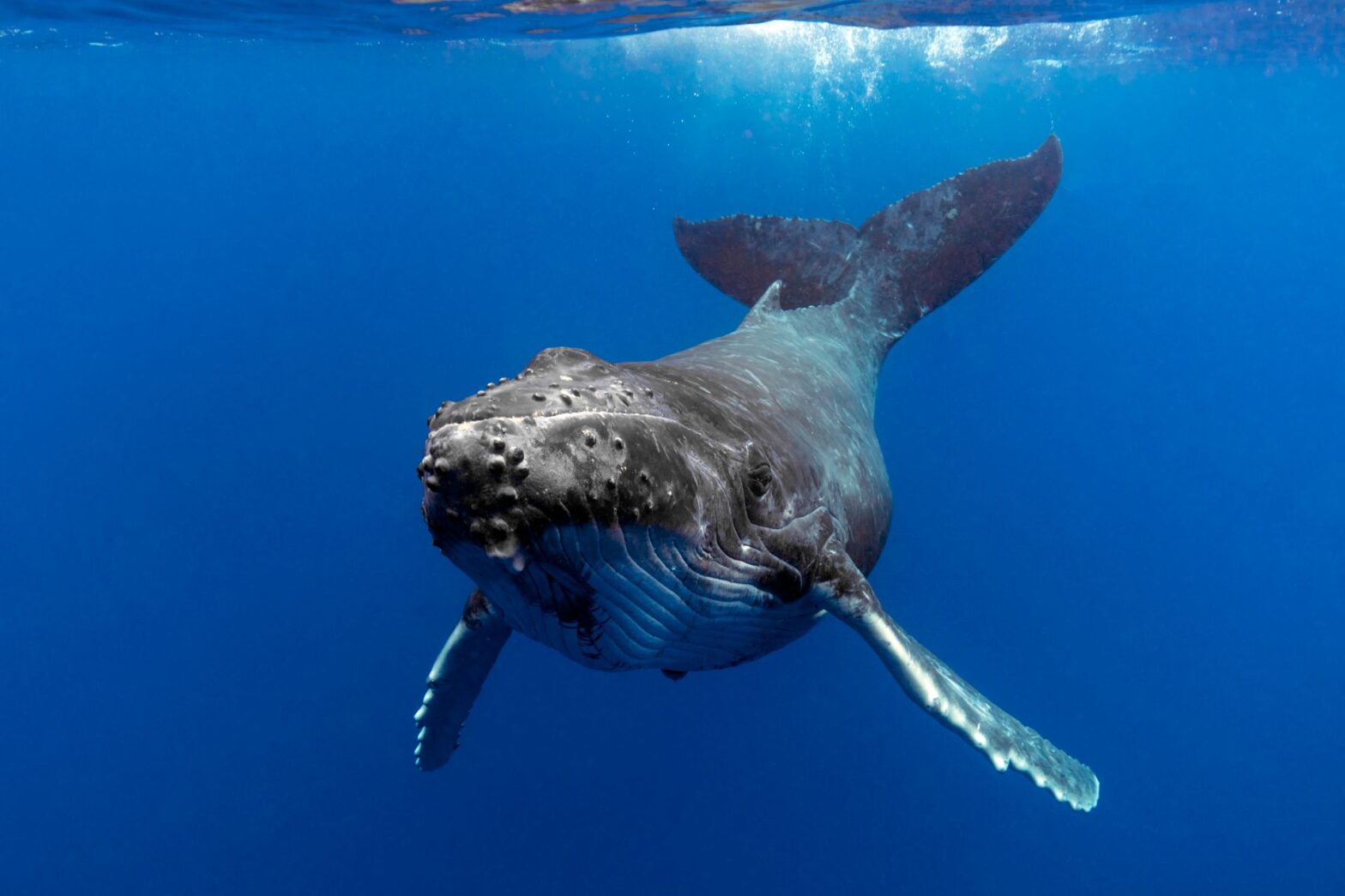Mark SimmondsDirector of Science
It is astonishing how stubbornly Japan clings to whaling, which is not even profitable.
About Christmas and Crowdfunding for whale killing – Japan’s whaling continues
Three years have passed since Japan announced it would leave the International Whaling Commission (IWC), the global organisation which regulates whaling and the conservation of whale populations, and which banned commercial whaling worldwide in 1986.
The announcement came on December 26th, 2018. It is, of course, an old political trick to try to bury things by releasing them over holidays or under the cover of other major news stories. Certainly, many ministries and other relevant agencies were offline all around the world. The line from Tokyo was that, frustrated by years of the IWC refusing to lift the moratorium on commercial whaling, they would now leave the Commission and kill whales in their ‘own waters’, meaning within Japan’s extensive Economic Exclusion Zone in the North Pacific. They further signalled that they would no longer send their whaling fleet to the Southern Ocean around Antarctica. Their message was also carefully signposted as a ‘resumption’ of commercial whaling, and it has continued to be described as such since in Japanese and other media, suggesting that Japan had not undertaken any commercial whaling since the moratorium was introduced. This is incorrect.
Before their departure from the IWC, and for many decades, Japan had described its whaling as scientific research claiming that this was legal under the terms of the International Convention for the Regulation of Whaling, which established the IWC. There is indeed a clause (Article VIII) which allows whales to be killed for research under so-called ‘special permit’ granted by the relevant authority in the country concerned. However, many recognised Japan’s claim as a thin disguise for the commercial activity that the IWC had banned. This was tested when Japan was taken to the International Court of Justice in 2013 by Australia and New Zealand in a case focused on this matter in the Southern Ocean and which Japan lost.
Japan’s whaling outside of the IWC – and therefore, in fact, outside of the rule of international law (arguably making it more difficult to address) – commenced in June 2019 and has continued to take the same whales that it took in its ‘scientific research whaling’ in the North Pacific: sei, Bryde’s and minke whales. Japan has also continued to set its own quotas, which are not endorsed by the IWC or any other international body.
Despite the pandemic, the Japanese whaling fleet has been active, and Japan is now the only country which has a factory whaling ship in operation (allowing whales to be fully processed onboard) – the 8,145 ton Nisshin Maru. This ship, complete with its crew of some 100 people, arrived in the port of the Japanese city of Shimonoseki on November 14th, 2021, and about 440 tons of frozen meat (and some fresh) derived from 187 Bryde’s whales and 25 sei whales were unloaded there. The fleet, which consists of catcher boats as well as the factory ship, had been in operation since June.
Stories in the Japanese press suggest that fresh Bryde’s whale meat was recently sold at auction for the remarkably high price of 100,000 yen/kg (about $880/kg), apparently five times higher than its price the previous year. However, it is not clear what might have driven this price hike or whether it will be sustained. Sei whale meat is apparently also reaching high prices, but these snapshots promoted by the industry hide the reality of an industry that is propped up by government funding. For example, it has been reported that whilst the wholesale market for whale meat in Japan has annual sales of about 2.5 billion yen ($22.8 million), the Fisheries Agency provided 5.1 billion yen in state subsidies to the whaling industry last year.
The industry is also facing two other huge financial challenges. Firstly, the government has stated that it will cease any subsidy in the near future and, secondly, the Nisshin Maru is old and there is an urgent need to replace it. The costs of this will be huge. In June, Kyodo Senpaku Co., the firm that conducts Japan’s whaling, decided to build a new whaling factory ship at a general shareholders meeting but this will cost some 6 billion yen (other estimates have been higher). Incredibly, the company intends to raise this money through ‘crowd-funding’ and loans. Even more incredibly, the company is said to be working on a plan to build this vessel with not only a long cruising ability but also a structure capable of collisions with sea ice.
This clearly threatens a return to Antarctic waters and should raise concerns among all who welcomed Japan’s departure from Southern Ocean waters as the one good ingredient in Japan’s Christmas announcement of 2018. It is remarkable that Japanese whaling still persists and especially given the economics surrounding it. Perhaps Christmas this year will bring a change of heart.
